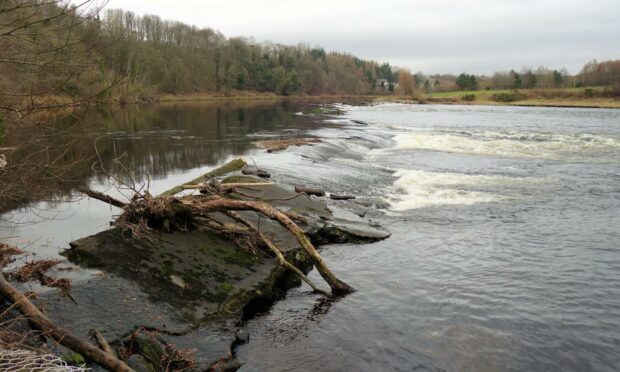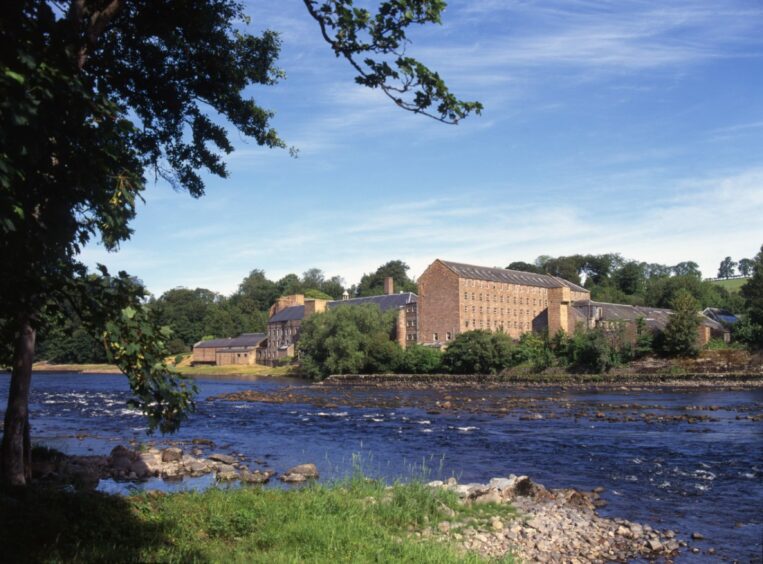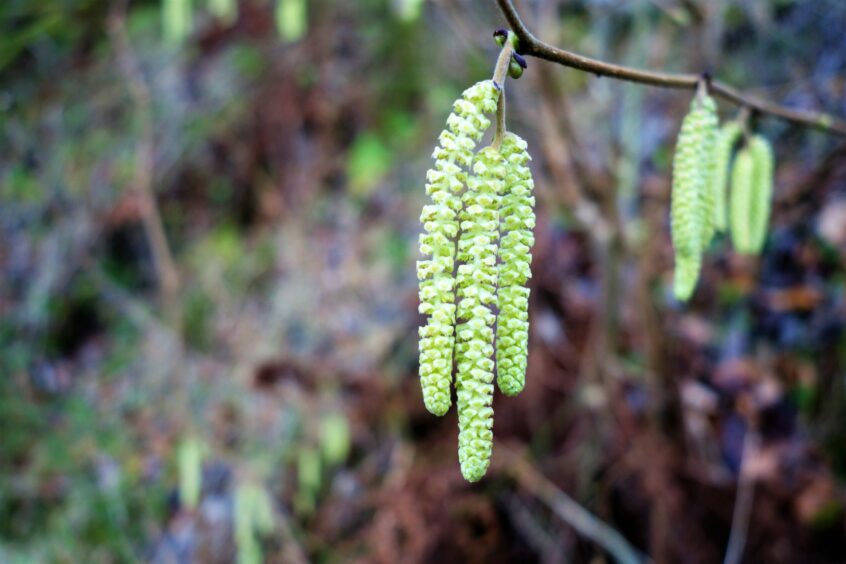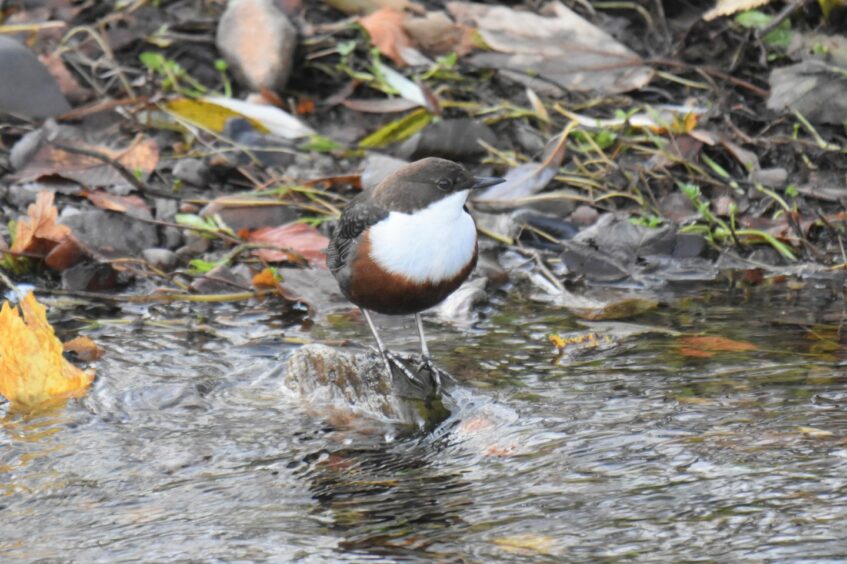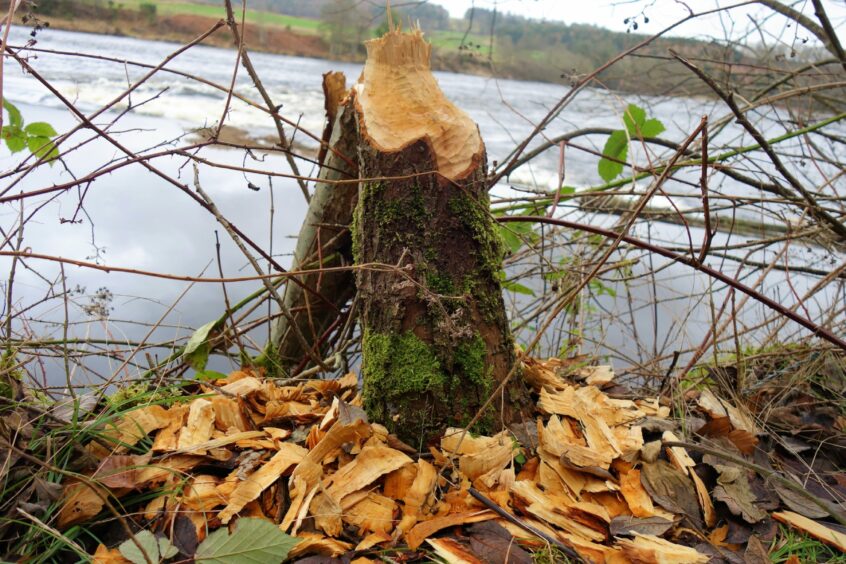I adore rivers – serene slivers of tranquillity that wind their way across the landscape, and which are always brimming with natural wonders.
And when it comes to magnificent rivers, the Tay is right there at the top, with a majesty and power that excites me on each visit.
I hadn’t explored the stretch between Stanley and Dunkeld before, thus it was with great anticipation that a couple of weeks ago I struck upriver from Stanley Mills.
This former textile mill is a reminder of the power of our rivers and how they helped drive the industrial revolution.
It also highlights how humanity has long depended upon rivers, whether for drinking water or energy, or as providers of fish as food, or as is the case in some parts of the world, as conduits for transport.
The fact that we depend upon rivers means we are more likely to look after them – a concept I find appealing.
Drawn to the riverbank
Rivers are also places for relaxation and as I made my way up the west bank, a group of canoeists whizzed past on fast-beating paddles.
My eyes were soon drawn back to the riverbank, where at the foot of a hazel tree, a cluster of snowdrops glowed like early heralds to the approach of spring.
Not to be outdone, the hazel was adorned with dangly lime-green catkins, which are so appropriately known as lambs’ tails.
Dipper
Out on the river, a dipper swam on the surface like a little duck, twirling around and frequently diving under in its quest for invertebrates and tiny fish.
Dippers are songbirds that have embarked upon a remarkable evolutionary twist, which enables them to forage underwater.
It is an adaptation that underlines the genius of Mother Nature.
In deepest winter when the ground is frosted hard, songbirds such as blackbirds and thrushes struggle to find worms and other invertebrates.
Such cold periods are a breeze for dippers because fast-flowing rivers never ice-over, providing round-the-clock access to rich feeding areas.
And believe me, riverbeds abound with life.
Only the week before, I was invertebrate sampling on my home river, the Devon, as part of an initiative to monitor the health of our waterways.
On emptying the sweep net into an examination tray, a plethora of invertebrate larvae, or nymphs as they are known, materialised.
They are the ‘engine room’ of the river, the powerhouse that supports so much other life such as trout and ultimately top predators like herons and otters.
Work of a beaver
Further on up the Tay, a beaver-gnawed willow stump shone out at me.
The small willow had tumbled into the river, enabling the beaver to feed on its twigs and bark from the safety of the water.
The willow had been coppiced and will regrow, while the trunk and branches lying in the river will provide shelter for invertebrates and fish, just as how a rocky reef might do at sea.
By felling this willow, beavers had created a new habitat for river creatures to thrive and prosper.
